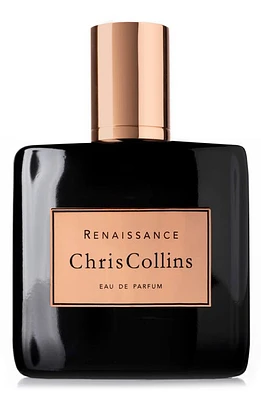Home
Laughing Histories: From the Renaissance Man to Woman of Wit
Barnes and Noble
Laughing Histories: From the Renaissance Man to Woman of Wit
Current price: $180.00


Barnes and Noble
Laughing Histories: From the Renaissance Man to Woman of Wit
Current price: $180.00
Size: Hardcover
Loading Inventory...
*Product information may vary - to confirm product availability, pricing, shipping and return information please contact Barnes and Noble
Laughing Histories
breaks new ground by exploring moments of laughter in early modern Europe, showing how laughter was inflected by gender and social power.
"I dearly love a laugh," declared Jane Austen's heroine Elizabeth Bennet, and her wit won the heart of the aristocratic Mr. Darcy. Yet the widely read Earl of Chesterfield asserted that only "the mob" would laugh out loud; the gentleman should merely smile. This literary contrast raises important historical questions: how did social rules constrain laughter? Did the highest elites really laugh less than others? How did laughter play out in relations between the sexes? Through fascinating case studies of individuals such as the Renaissance artist Benvenuto Cellini, the French aristocrat Madame de Sévigné, and the rising civil servant and diarist Samuel Pepys,
reveals the multiple meanings of laughter, from the court to the tavern and street, in a complex history that paved the way for modern laughter.
With its study of laughter in relation to power, aggression, gender, sex, class, and social bonding,
is perfect for readers interested in the history of emotions, cultural history, gender history, and literature.
breaks new ground by exploring moments of laughter in early modern Europe, showing how laughter was inflected by gender and social power.
"I dearly love a laugh," declared Jane Austen's heroine Elizabeth Bennet, and her wit won the heart of the aristocratic Mr. Darcy. Yet the widely read Earl of Chesterfield asserted that only "the mob" would laugh out loud; the gentleman should merely smile. This literary contrast raises important historical questions: how did social rules constrain laughter? Did the highest elites really laugh less than others? How did laughter play out in relations between the sexes? Through fascinating case studies of individuals such as the Renaissance artist Benvenuto Cellini, the French aristocrat Madame de Sévigné, and the rising civil servant and diarist Samuel Pepys,
reveals the multiple meanings of laughter, from the court to the tavern and street, in a complex history that paved the way for modern laughter.
With its study of laughter in relation to power, aggression, gender, sex, class, and social bonding,
is perfect for readers interested in the history of emotions, cultural history, gender history, and literature.


















